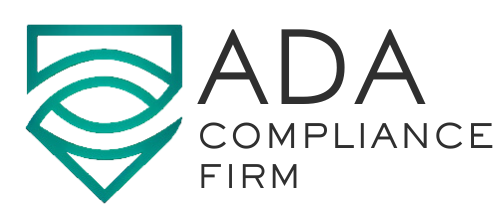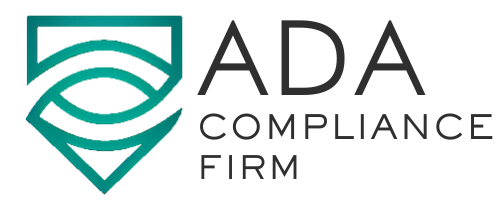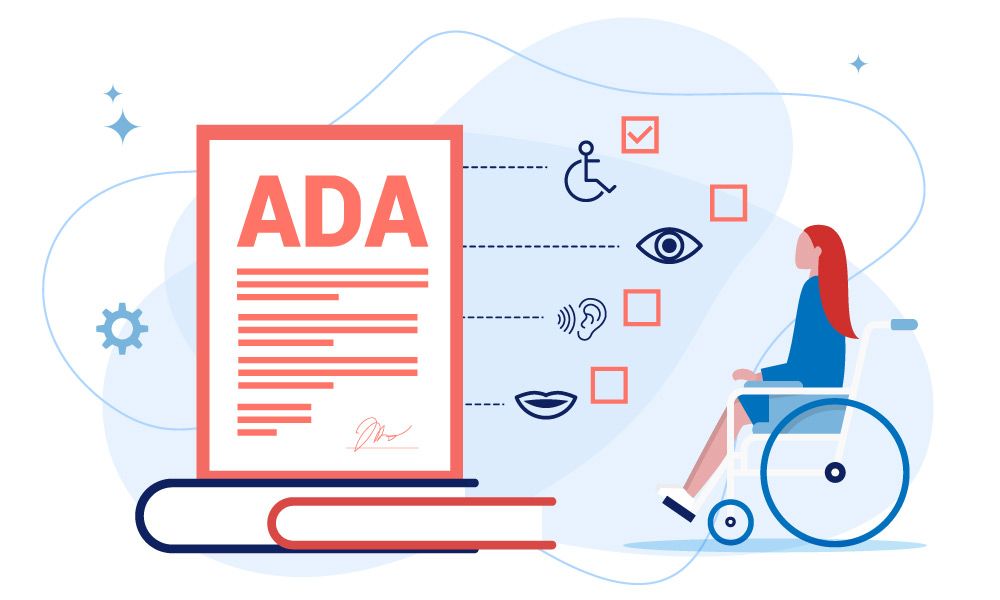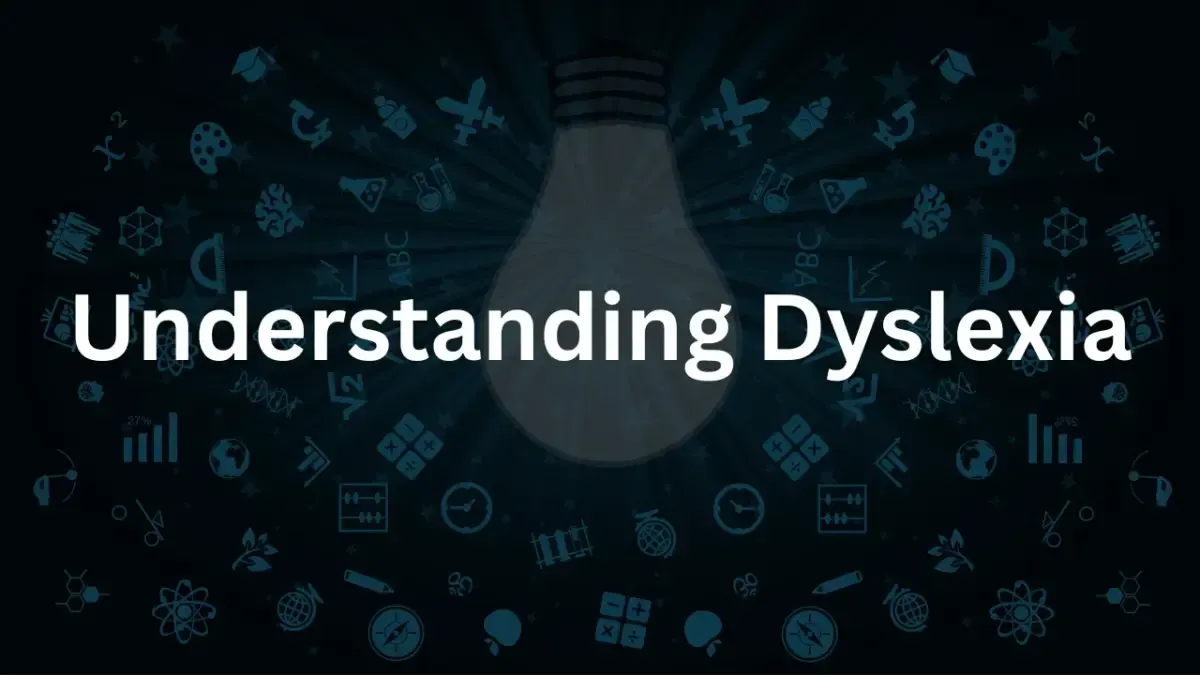Epilepsy Diagnosis and Tests – The Ultimate 5-Step Guide
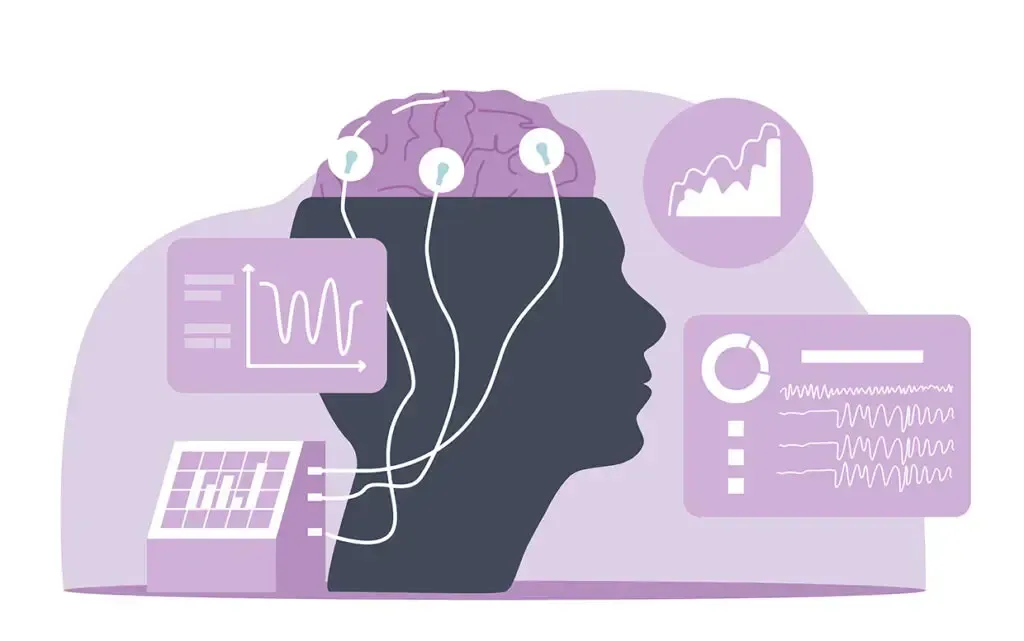
Every year, over 150,000 Americans are diagnosed with epilepsy, a neurological condition that affects nearly 3.4 million people nationwide. Behind each number is a personal story of challenges, resilience, and the relentless pursuit of answers.
Imagine the journey of Emily, a bright young student whose life took an unexpected turn when she experienced her first seizure during a high school soccer game. The confusion, fear, and uncertainty that followed her initial episode is a sentiment echoed by many stepping into the world of epilepsy diagnosis.
Epilepsy is more than just a medical term; it’s a complex neurological condition characterized by unpredictable seizures and can cause other health problems. The road to a correct diagnosis is often winding, requiring a careful and comprehensive approach to understand each unique case fully. It’s not just about managing symptoms—it’s about piecing together a puzzle that is as intricate as the human brain itself.
In this article, we will navigate through the twists and turns of epilepsy diagnosis and testing. From the initial consultation to the final verdict, we’ll uncover the significance of each step in the diagnosis process, explore the array of tests used to pinpoint the nature of seizures, and illuminate the path to a life of better understanding and management. Join us as we delve into the critical journey of epilepsy diagnosis, highlighting the profound impact of getting it right—the first time.
Understanding Epilepsy
Epilepsy is not just a single condition but rather a spectrum of neurological disorders characterized by recurrent seizures. These seizures, stemming from sudden, excessive electrical discharges in a group of brain cells, can vary dramatically from brief lapses of attention or muscle jerks to severe and prolonged convulsions. Symptoms also vary depending on the part of the brain involved and can include temporary confusion, a staring spell, uncontrollable jerking movements of the arms and legs, loss of consciousness, and psychic symptoms such as fear or anxiety. The unpredictability of these seizures adds a layer of complexity to the lives of those affected, impacting daily activities and inducing a constant sense of uncertainty.
While epilepsy is widely recognized, its prevalence and impact are often underestimated. This condition touches the lives of people from all age groups, ethnicities, and backgrounds. Over 65 million people worldwide live with epilepsy, making it one of the most common neurological diseases globally. Despite its prevalence, numerous myths and misconceptions cloud the public perception of epilepsy, leading to stigmatization and discrimination. Some believe epilepsy is contagious or directly associated with mental health disorders, while others hold onto outdated notions about the intellectual capabilities of those affected. Dispelling these myths is crucial, not only for improving public understanding but also for ensuring that individuals receive the timely and accurate diagnosis they need.
When considering the complexities of epilepsy, it’s important to keep in mind:
- Epilepsy is Diverse: The condition manifests in various forms and intensities, meaning no two cases are exactly alike.
- Awareness is Key: Educating yourself and others about epilepsy can foster a more supportive and understanding environment.
- Seeking Expertise is Crucial: Given the complexities of epilepsy, consulting with specialized healthcare professionals is vital for an accurate diagnosis and effective management.
The Importance of Accurate Diagnosis
Navigating the complexities of epilepsy begins with a foundational step: obtaining an accurate diagnosis. This is far more than a formality; it’s a critical determinant of the journey ahead. An accurate diagnosis paves the way for tailored treatment plans, potential seizure control, and, most importantly, an improved quality of life. It’s the difference between living in the shadows of uncertainty and stepping into a life where seizures become a manageable part of the narrative, not the defining chapter. The stakes are high, as the right treatment hinges on understanding the specific type of epilepsy and its underlying causes. This precision not only ensures the effectiveness of the treatment but also minimizes the risk of side effects, setting the stage for a proactive and informed approach to managing epilepsy.
However, the road to an accurate diagnosis is fraught with challenges. Epilepsy often wears a disguise, mimicking other neurological conditions like migraines, narcolepsy, or even psychological disorders, leading to a complex diagnostic puzzle. The transient nature of seizures adds another layer of complexity, often requiring extensive monitoring and testing to capture the full picture. The diversity in seizure types and the subtlety of some symptoms further complicate the diagnosis process, sometimes leading to misinterpretation of the condition. Misdiagnosis, or a delayed diagnosis, carries significant consequences: untreated epilepsy can escalate, leading to increased frequency and intensity of seizures. Moreover, incorrect treatment based on a misdiagnosis can not only be ineffective but also potentially harmful, exposing individuals to unnecessary side effects or even exacerbating seizures.
In the landscape of epilepsy diagnosis, understanding these challenges underscores the importance of:
- Comprehensive Evaluation: Utilizing a combination of detailed medical history, physical examination, and targeted diagnostic tests.
- Expertise and Collaboration: Engaging with healthcare professionals who specialize in epilepsy and can provide a nuanced understanding of the condition.
- Persistence and Advocacy: Being an active participant in the diagnostic process and advocating for thorough and considerate evaluation.
Initial Evaluation and Medical History
The journey to diagnosing epilepsy often begins with a comprehensive initial evaluation, where the cornerstone is a meticulously detailed medical history. This first step is pivotal, as it lays the groundwork for understanding the unique narrative of each patient’s condition. A thorough medical history goes beyond the surface, delving into the nuances of past health events, lifestyle, and even genetic predispositions. This depth of information provides clinicians with a roadmap, guiding them through the complexities of the patient’s symptoms and pointing towards potential causes or triggers of seizures.
Patients stepping into this initial phase of diagnosis should come prepared to paint a vivid picture of their experiences. This includes a detailed account of seizure episodes: their frequency, duration, any noticeable triggers or patterns, and specific symptoms experienced during and after the episode. Descriptions should be as precise as possible, as the nature of the seizures can offer vital clues about the part of the brain involved. Beyond the seizures themselves, patients are encouraged to share their full medical history, including any past neurological symptoms, head injuries, or infections. Family history also plays a crucial role, as certain types of epilepsy can have genetic links. Even details that may seem minor, like developmental milestones and medication history, can be pieces of the puzzle, contributing to a comprehensive view of the patient’s health.
In preparing for the initial evaluation, patients should consider the following:
- Documentation of Seizures: Keeping a diary of seizures, noting when they occur, how long they last, and any potential triggers or preceding activities.
- Medical Records: Gathering previous medical records, including results of past tests or evaluations, can provide valuable context.
- Family Input: Family members or close friends can offer additional insights, especially if they’ve witnessed seizure episodes.
Diagnostic Tests for Epilepsy
Once the initial evaluation and medical history point towards a potential diagnosis of epilepsy, a series of diagnostic tests are employed to further clarify the picture. These tests are pivotal in pinpointing the type of epilepsy and understanding its origins, guiding the way to the most effective treatment options. The most commonly used tests include Electroencephalogram (EEG), Magnetic Resonance Imaging (MRI), Computed Tomography (CT) scans, and blood tests. Each of these tools offers a unique lens through which to view the patient’s neurological landscape.
The EEG is often the first test conducted, as it’s specifically designed to detect electrical activity in the brain. Patients undergoing an EEG can expect to have electrodes attached to their scalp, which record the electrical impulses that occur during seizures and can even uncover abnormal brain waves in between seizures. MRI and CT scans provide a different type of insight, offering detailed images of the brain to identify any abnormalities that might be causing seizures, such as tumors, brain damage, or developmental disorders. While MRI uses magnetic fields and radio waves, CT scans utilize a series of X-rays to create a comprehensive image of the brain. Blood tests, though less specific for epilepsy, are crucial in ruling out other conditions that might cause similar symptoms, such as infections or electrolyte imbalances.
When preparing for and undergoing these diagnostic tests, it’s helpful to keep in mind:
- Preparation is Key: For some tests, like an EEG, you may be asked to sleep very little the night before or even stay awake. Follow the instructions provided to ensure accurate results.
- Ask Questions: If you’re unsure about any aspect of the test, don’t hesitate to ask your healthcare provider for clarification.
- Stay Calm and Comfortable: While tests like MRI can be lengthy and require you to stay still, finding relaxation techniques or talking to the staff about your comfort can make the experience more manageable.
What to Expect After Diagnosis
Receiving an epilepsy diagnosis can be a turning point, marking the beginning of a journey towards managing and understanding the condition. The pathway following the diagnosis is not one-size-fits-all; instead, it’s a personalized journey that considers the individual’s specific type of epilepsy, their lifestyle, and their overall health. Common routes include medication, lifestyle adjustments, and in some cases, surgery. Medications, or antiepileptic drugs (AEDs), are often the first line of defense, aimed at controlling and reducing the frequency of seizures. Lifestyle adjustments, such as adhering to a sleep schedule, managing stress, and avoiding seizure triggers, can also play a significant role in managing epilepsy. For some individuals, when medication and lifestyle changes don’t effectively control the seizures, surgical options may be explored. These can range from removing a specific area of the brain where seizures originate to procedures that limit seizure spread.
The post-diagnosis phase is a collaborative effort, heavily reliant on a strong partnership between the patient and their healthcare provider. It’s a dynamic process, often requiring adjustments and open, ongoing communication to ensure that the treatment plan is as effective and manageable as possible. The importance of this relationship can’t be overstated; it’s the foundation upon which successful management of epilepsy is built. Together, the patient and the healthcare provider will monitor the effectiveness of the treatment, manage any side effects, and adjust the course as needed. This collaborative approach ensures that the treatment plan remains aligned with the patient’s evolving needs and circumstances, paving the way for a balanced and fulfilling life.
In navigating life after an epilepsy diagnosis, consider:
- Active Participation: Engage actively in your treatment plan, asking questions, and voicing any concerns or changes in your condition.
- Consistency is Key: Adherence to medication schedules and lifestyle recommendations significantly impacts the effectiveness of the treatment.
- Embrace Support: Connecting with support groups or counseling services can offer valuable guidance and reassurance as you adapt to life with epilepsy.
Conclusion
If you or someone you know is navigating the uncertain waters of epilepsy, remember, you’re not alone. Epilepsy may be a part of your story, but it doesn’t define you or dictate the quality of your life. Taking that first step towards understanding and managing epilepsy can make all the difference. If you’re experiencing symptoms or have concerns, reach out to a healthcare professional. Early intervention and accurate diagnosis are the keystones in building a robust foundation for managing epilepsy effectively.
Educate yourself, engage with your healthcare providers, and become an advocate for your health. Knowledge is a powerful tool—it demystifies epilepsy, breaks down barriers, and opens doors to tailored treatments and supportive communities. Awareness is equally crucial; it fosters understanding, encourages empathy, and cultivates an environment where those affected by epilepsy can thrive without stigma or limitations. Remember, every step forward is a step towards a life not defined by epilepsy, but empowered through understanding and care. Take that step today.
Join our newsletter
Recent Blog Posts
